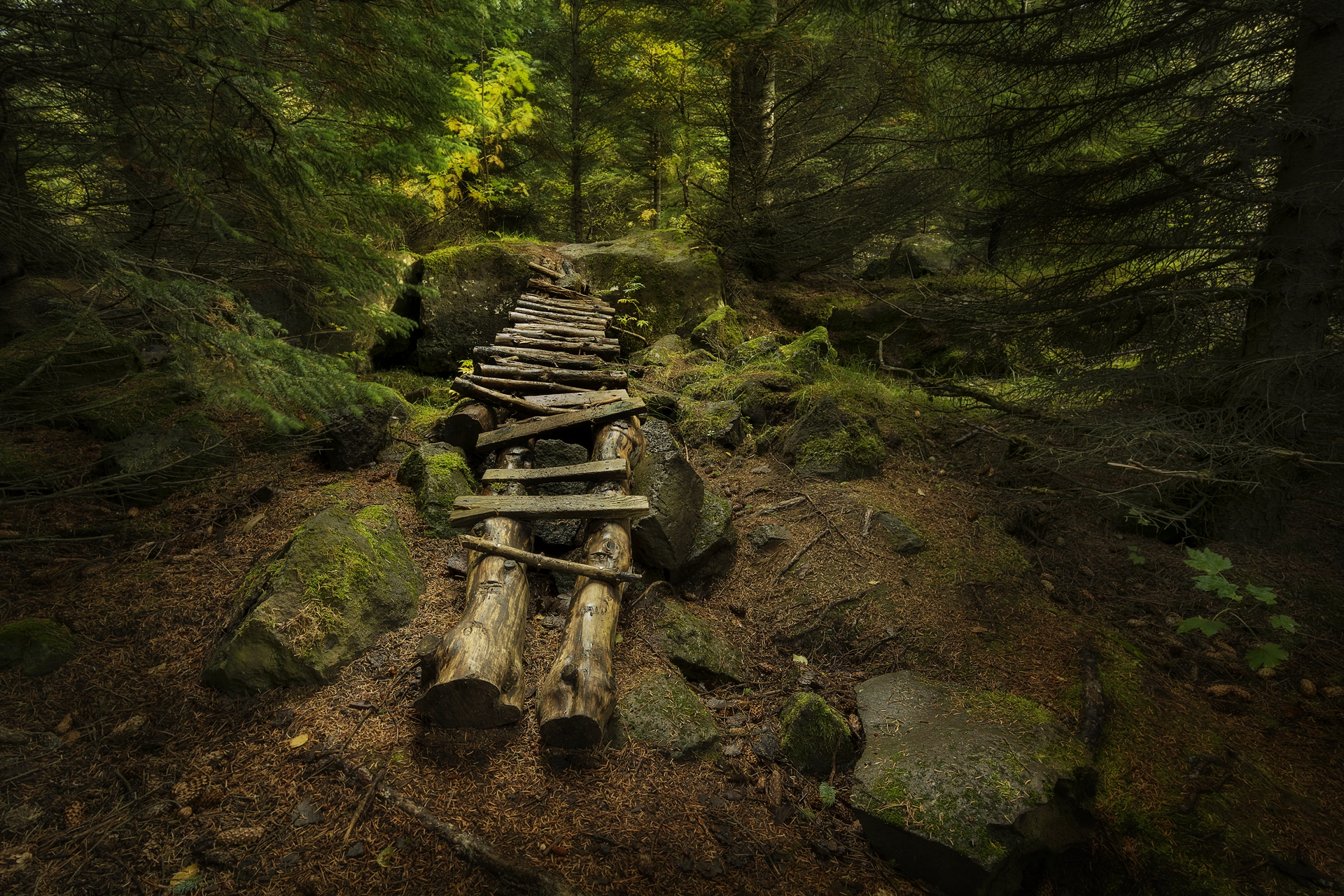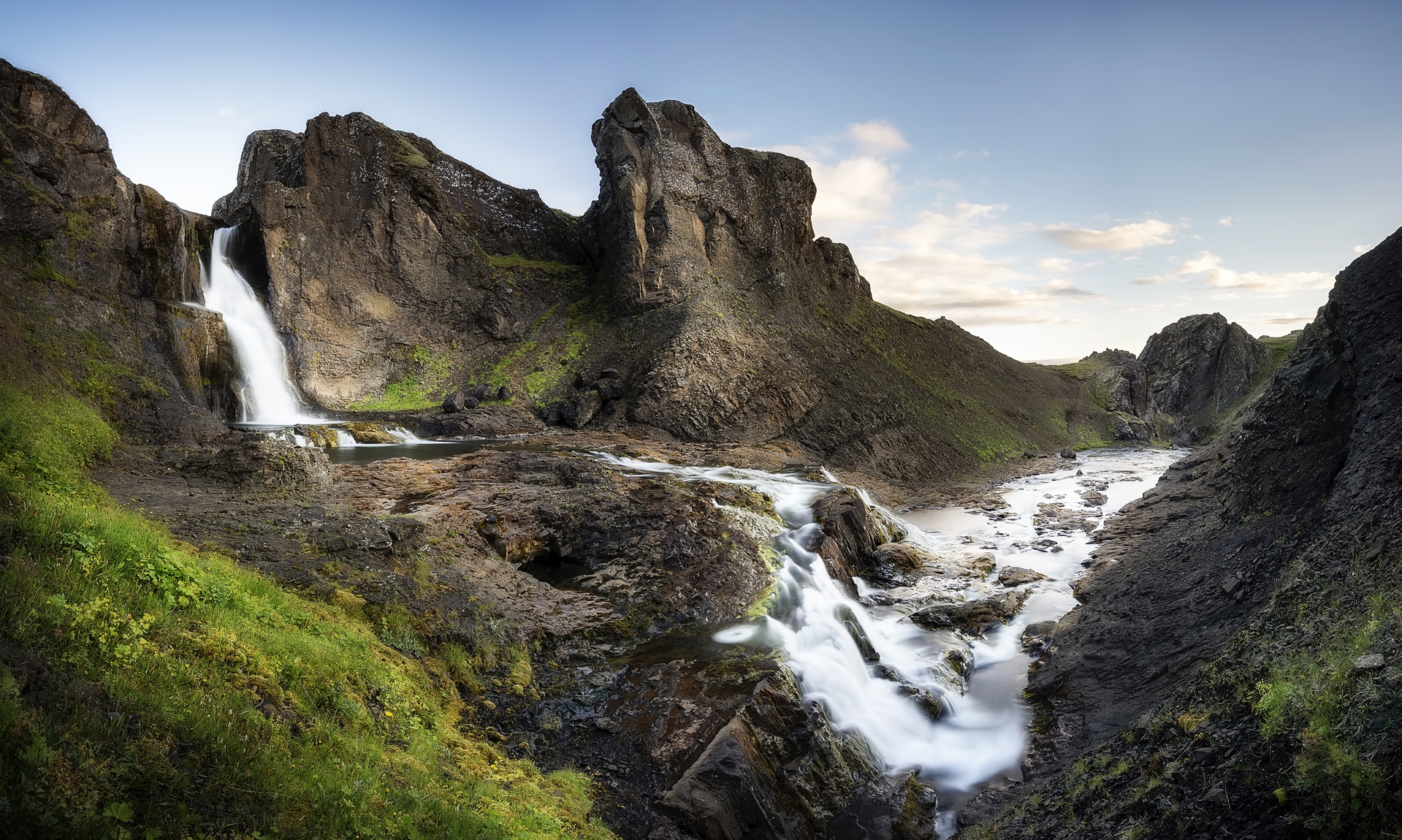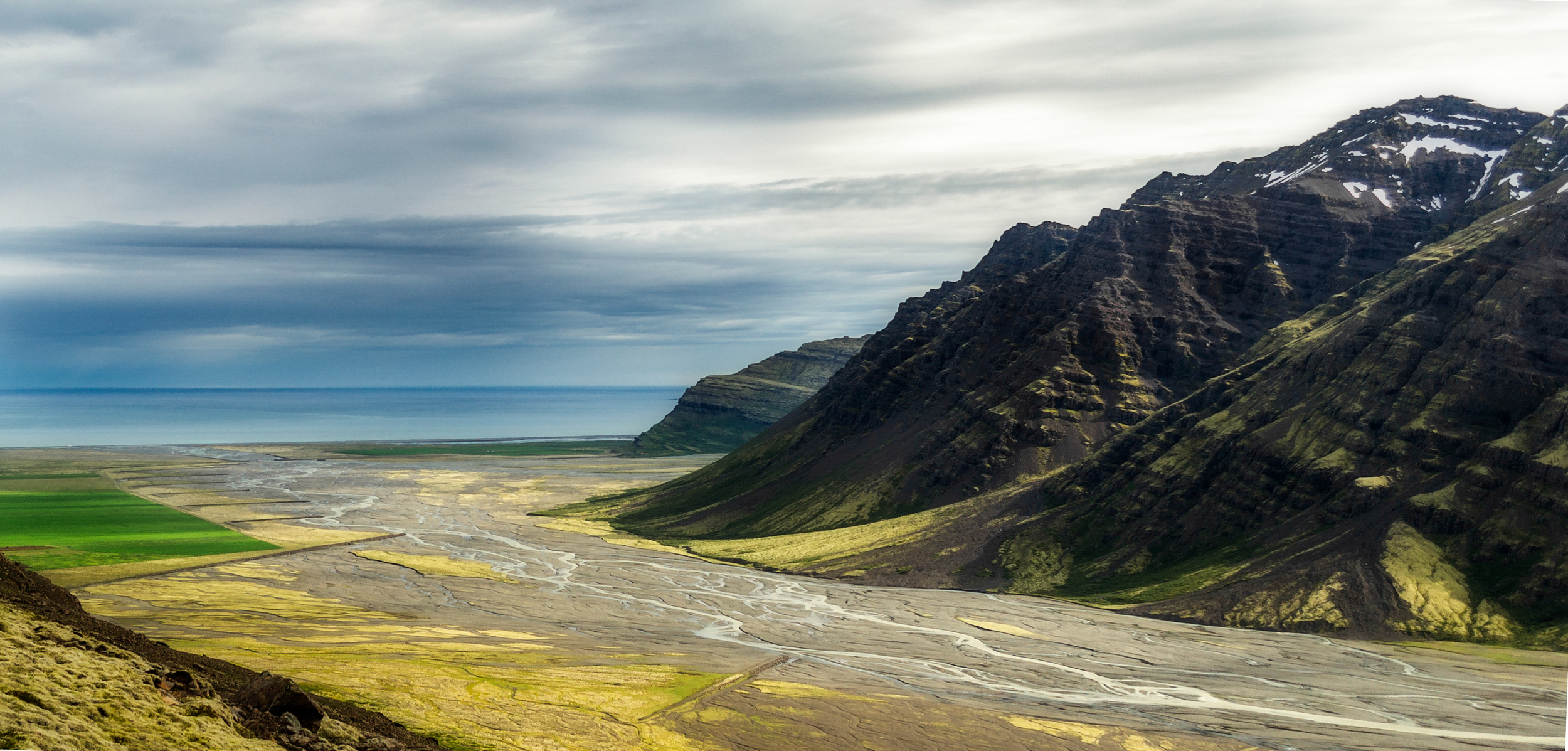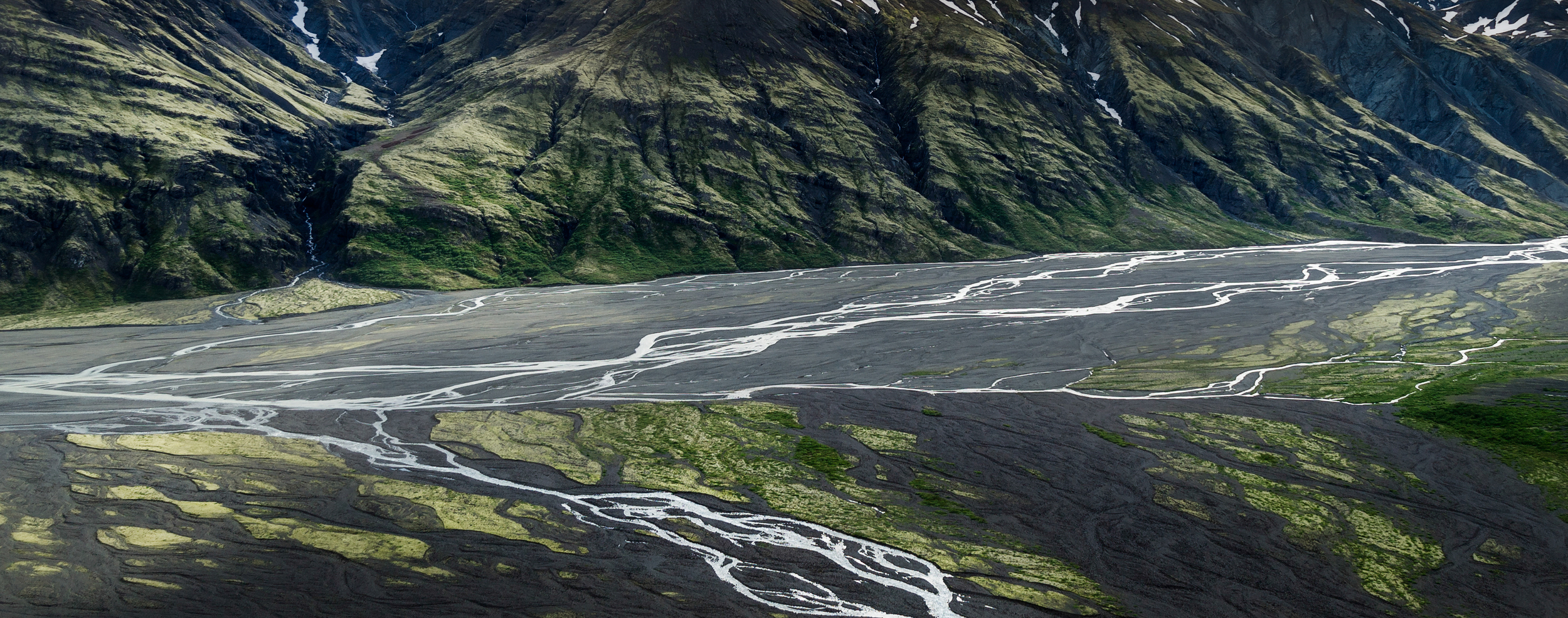‘Hunting for northern lights’’ is a phrase you hear a lot, but I doubt that most of the people understand exactly what is meant by that. It might seem that the ‘‘hunter’’ need to possess specific tracking skills to catch the elusive ‘‘aurora’’. It´s actually not that difficult and I will explain how to use the available information on the internet to go out and ‘‘hunt’’ yourself.
Read MoreFrom foe to friend - basics of histogram
I believe that there are number of ways to improve your photography once you understand how to read the histogram. In this article we will explore the technical aspects of it as well as ways to incorporate it with your workflow on the field and in post processing.
Some of the best landscapes in and around Reykjavik
Right, so you are in Reykjavik and would like to see some of that landscape beauty of Iceland, but don't have enough time, money or means of transportation to go anywhere far. Not surprisingly, you don't have to go anywhere far to reach some great nature spots, especially for photography. Yes, of course, they might not be grandeur in terms of attractiveness, especially compared to some of the most iconic landmarks in Iceland. However, I believe that these places are highly underrated and deserve much higher attention. Here are just few of my favorite places of nature, that I like to go photograph on a beautiful day, but especially in the mornings and evenings.
Lets begin with what's closest to downtown Reykjavik. If you have researched anything about Reykjavik, Perlan probably came up as a place to visit, just to see Reykjavik from above. Well, Perlan is situated on top of Öskjuhlíð and around this hill there are many paths through rather thick forest with few nice spots that look like it could be somewhere deep in the forest.
Seltjarnarnes is a peninsula just West of downtown Reykjavik. It has open access to an ocean with a beautiful lighthouse at the very end of it. Great for sunrise and sunset pictures. It's also one of the closest and popular places to get out of city lights and shoot Auroras.
There are number of forested areas around Reykjavik and one of the nicest ones, in my opinion of course, is Elliðaárdalur. This valley has a river (Elliðaá) cutting through it and you can find couple of waterfalls in the heart of it. Sure, there are more impressive waterfalls in Iceland, but I love that it only takes minutes from downtown Reykjavik to reach a little seclusion and ponder about life while sitting by a waterfall.
Heiðmörk is another forested area around Reykjavik and it's one of the biggest ones. I generally just like to walk through some of its paths, especially in the autumn. However, I'm sure that you will be able to find something interesting regardless of the season. There are also few lakes around the area, which are great for Northern light photography.
Now, this is a bit of a reach as this place is located little bit outside of Reykjavik, close to Mosfellsbær. However, I love this area and even though it's just short of half an hour drive, it has an aura of a remote and wild place. Intrigued? You should be! It's called Tröllafoss. A waterfall, surrounded by a beautiful canyon and I would recommend to just walk around the canyon on both sides, up and down. I can guarantee, you will get some great pictures there.
Finally, I would like to mention Hvaleyri. This rocky beach is located in Hafnarfjörður, at the very edge of the town, on the way to Keflavik. During low tide, sea exposes moss covered rocks that look amazing during sunrises and sunsets. Just make sure weather is good enough as it can be quite dangerous in a stormy weather or when rocks are covered in ice.
Essential accessories for landscape photography
As with anything in the world today, be it a hobby or a profession, you have broad choice of accessories that are meant to enhance your experience. Landscape photography is no exception.
Read MoreLittle known valleys of the South
There are plenty of places to travel to when you first arrive in Iceland. South of Iceland, for example, gives you an opportunity to go around the so called ''Golden circle'', visit mighty waterfalls along the ringroad on your way to Skaftafell national park, see puffins (in the summer) in Ingólfshöfði, and enjoy the sunset by Jökulsárlón. Those are all ''must visit'' places. However, how about those people, who are coming back for more. Sure, you can revisit those places, especially if you´re a photographer and you´re trying to get a shot in that perfect lighting. But what if you´re looking to go somewhere new, to a place that has no road sign and no parking lot. In essence, you can just stop by any valley, get your lunch pack, lot´s of water, hike into the wilderness and i can guarantee you will find something spectacular. In this article, I want to tell you about one of my favorite places in South Iceland - Hvannadalur.
This particular hiking path is located not far from one of the main travel destinations in Iceland - Jökulsárlón. If you continue east (around 12km) you will arrive at Hali country hotel and this farm is the birth place of one of the most beloved writers in Iceland, þórbergur þórðarson. It is not a coincidence that the name of this hiking path is Söguferð (Literary walk). þórbergur loved to take long walks and it is said, that this hiking path was one of his favorite. After reaching Hali you continue east along Steinafjall, which is on the left. In about 5 kilometers you will see a small house on the foothill called Sléttaleiti and after another kilometer a valley will open up on the left side. There you take the first dirt road into this valley and continue until you reach Steinasandir (Open sands with multiple rivers crossing it). If you have a 4x4 then crossing sands and rivers will not be difficult. Road is tough, but you can reache the very beginning of the path, where you can park your car and locate the first checkpoint. First part of the trail is not difficult and will take 1-2 hours to complete it. Trail is marked with small wooden poles, as well as signs describing the area. AFter finding first one, following the trail will be easy.
Path will lead you up the hill, alongside small rivers with multiple waterfalls, caves and breathtaking landscapes.
At the end of the path is a place called Klukkugill (Bell Gully). Legend states that Irish monks threw their golden bells there when vikings first arrived.
Klukkugill is where Literary walk ends, however, those who feel physically fit and have 4-5 extra hours can venture further down the valley, into Hvannadalur. Old sheep trail is located north of Klukkugill and leads down into the gully. From there you can hike up the stream. It´s a magical place and well worth the effort.
Walking inside a ''beautiful nothing''
Kálfafellsdalur is a long glacier valley located south east of Vatnajökull. Valley is scared with streams collectively called Miðvötn or Landkvísl and at the very end of the valley you can find steep glacier tongue called Brókarjökull (Breaches glacier). This is another place, where you can not find any signs and is rather difficult to hike in. However it´s a perfect place to disconnect from the outer world and marvel the ''beautiful nothingness'' of Icelandic nature.
Valley is easily spotted from the ring road. Entrance is located near Kálfafellsstaður farm and it´s possible to drive inside the valley until Kaldá river. To venture further, there is no other way but to cross the river. I´ve not tried to do it with a car, and I would not recommend it, unless you have a monster truck.
From there you can venture further inside the valley. Landscape changes rapidly, from rock covered sands with steep mountain slopes, to green meadows, full of birds and grazing reindeer.
End of the valley splits into two, with glacier tongues at the end of each. Brókarjökull is a very steep glacier tongue that divides around the rock Brók. On the west side glacier forms lagoon. Nearby you can also find number of kettles - shallow ponds formed by retreating glacier. On the east side you can find a small valley called Vatnsdalur. There glacier literally hangs of the mountain. It´s a thrilling, yet a scary feeling to stand close to it.
It takes pretty much the whole day to explore the valley and it´s a demanding hike. But if you are looking for that feeling of peaceful desolation, it´s a perfect place to be in.
Is Iceland really a photographers paradise?
''It´s a photographers paradise''. You might have heard this before about Iceland. Well, i certainly have. But is it really? And f it is, what exactly it is people are referring to when they say that there is no place better to take a landscape photo than here, in Iceland.
One thing is sure though. No way you can say that Iceland is undiscovered by photographers. Certainly, not in the last few years. Amount of photo tours and workshops have been rapidly increasing and there's a stream of amateur and professional photographers coming in all year around. However, this land has still many places that are untouched by men. Rugged and pristine is how i would describe landscapes i have encountered deep inside valleys and highlands. Part of me wants for it to stay this way. And the only way to accomplish it is by keeping people out. However, there is something magnetic about theses places that attract us. And when you see them, you want to share this beauty with the rest of the world. I think a compromise is in place here. To get to these places you must work hard. No roads or signs. It should stay a challenge.
One must remember, Iceland is a giant volcano. Come to think of it, all land in the world came to existence through various volcanic processes, however, in Iceland you have a first row seat to experience formation of the land. Do not expect to see erupting volcanoes the minute you step on Iceland, but if you look closely you can see traces of volcanic activity everywhere - lava fields, craters, ridges and dykes. All of these places are great for photography. I will not go into details, but there are different types of volcano and they erupt in different ways and in different circumstances. All this adds to landscapes that are different from each other. So it does not matter, where you are going, you can expect that the landscape will look unique.
Iceland sits on a hot spot, so there´s always a chance for an eruption. At the moment we have an ongoing eruption in Bárðarbunga volcanic system and there´s no telling of when or where will be the next one. It´s not advised to get close to a volcano, but it sure as hell provide for a great picture. This hot spot is also to ''blame'' for geothermal activity underneath the earth that translates into many hot springs above the ground. That´s also the reason why we have hundreds of pools and hot springs where you can bathe after a long day of sightseeing or hiking.
Now, some people may argue that Iceland and Greenland should swap their names. It´s true, due to Gulf stream, Iceland is not as cold as you might have imagined. However, it´s still pretty far north, so a cold snap and a winter storm will make you reconsider the name change. It´s also cold enough here to form glaciers where land elevates over a kilometer. Many glaciers are accessible and serve as great objects to photograph.
Lighting is everything to a photographer and this is what i think makes Iceland a ''paradise''. In the summer, when sky is not dark enough for stars to appear, you have this amazing light of constant twilight all night long. Sure, during the day, you might want to take a nap or do some post processing on you images as sun sits right above the head, but those night hours are amazing for photography. During the winter, on the other hand, you have ''golden hour'' lighting extended for several hours while the sun is up. Obviously, in the winter darkness rules over the day, but that means you can hunt for some lovely northern light scenes.
I guess it is true. Iceland offer so much to a photographer, to the point where one might call it a paradise. Uniqueness of landscapes, their shapes and forms, colors and lighting provided by the contrast between night and day. All that adds up to a must visit place.
It´s all about the glass.
Having a DSLR camera is just one part of the story. What truly makes a difference is - piece, or more precisely, pieces of glass that you put in front of your camera. You can get decent images by shooting with a bad camera and with a good lens. However, if you put a bad lens on a good camera, flaws of that lens will be even more visible.
There are few things to consider when choosing a lens. Lenses are very complex in their structure, built quality and materials. All of that play important role in its price tag. I don´t want to suggest which particular lens is good and which ones to avoid. There are very good sites, where you can go and compare yourself. To name a few - www.dxomark.com, www.dpreview.com or www.lenshero.com. I do, however, want to talk about points, that you should be aware of when thinking of lenses.
To me, the most important aspect of a lens is how sharp it is. Then comes dynamic range or how good it captures colors and bokeh (how it deals with blurred background). Every lens has two main attributes - focal length and f-stops. Focal length determines wideness of your frame. F-stop determines wideness of the aperture. Smaller the number, brighter the lens. So, depending on what you want to shoot, what kind of conditions are you going to be shooting in, will determine, what kind of lens you need.
For landscape shots it is suggested to choose a wide angle lens. Something in between 12-24 mm. This way you can fit a mountain range in your frame without a problem, as well as capture huge scenes. Wide angle lens also increases the size of the foreground in relation to the background, so it seems much closeer to the frame, than it actually is. Example here - https://www.flickr.com/photos/77354897@N07/15715360492/
Another way of shooting landscapes is using a telephoto lens - something that can zoom up to 200mm or further. This way, you can achieve amazing perspective of viewing a scene from a great distance, still capturing great details. Example - https://www.flickr.com/photos/77354897@N07/15715222042/
Generally, when shooting landscapes, you must use a tripod. Good, sturdy tripod. To get a sharp image and capture all the details, there can not be any shaking of the camera. Hence, number of f-stops is not as vital as it would be in other cases. Moreover, to get a great depth of field, to get everything in focus, you will need to use higher aperture, which decreases amount of light going through, so shooting landscapes hand held becomes near impossibility.
People usually ask, what is the best aperture to shoot in. Sure, if you are shooting a wide scene, you want everything in focus, but switching to the highest aperture is not really an option, because lens will not perform well. First, you must calculate, what kind of aperture you need to use, to get your subject and everything else in the frame in focus. For that there is a good tool - www.dofmaster.com. Second, every lens has a ''sweet spot'', or number of f-stops at witch it will perform the best. For zoom lenses it´s a combination of focal length and f-stop. In other words, there is a certain focal length and certain aperture at which you will get the sharpest image.
In conclusion, i would like to mention the difference in prime and zoom lenses. Prime lens, or a lens with a fixed focal length, will perform better than a zoom lens. It´s due to its more simpler construction. I know, we are very used to zooming in and out all the time and loosing this ability feels like you are limited in some ways. I found, however, that it makes me move around the scene, find more interesting angles and points of view. I would say, do not fear of loosing your ability to zoom, you can always do that with your legs.




















